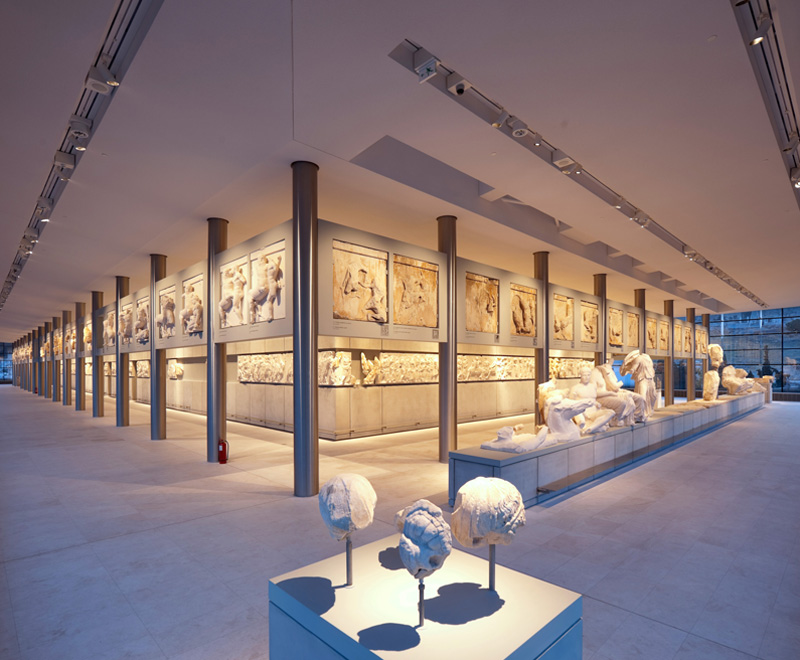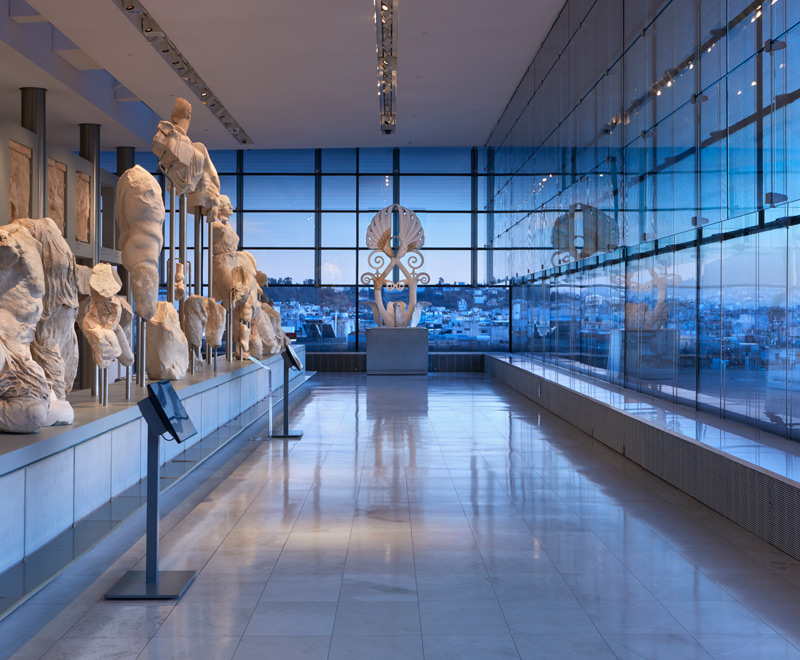In the landscape of contemporary architecture, many buildings fall short not due to lack of resources or technical sophistication, but because they lack a commanding, unifying idea.
They are collages of gestures, materials, and references – visually stimulating, perhaps, but intellectually fragmented. This article proposes a critical lens: that the true measure of architectural quality lies in the clarity and rigor of its underlying concept – a concept governed by a single, high-reaching ambition.

I call this the conceptual imperative: a core ambition that is not merely inspirational but operational a force that disciplines the entire design process.
When a project is guided by such an imperative, every decision, from form to finish, is calibrated in its service. Without it, even the most inventive ideas can dissolve into architectural mediocrity.
This article is born out of my own professional context. As one of the founder of UDSarchitects, a practice working almost extensively with private development companies in Cyprus, I have found that architects are too often reduced to the role of arrangers rather than authors. In most commissions, the priorities are driven by marketability, speed, or superficial differentiation – not by a conceptual ambition.
This results in a body of work across the island that often lacks identity, depth, or contextual resonance.
There is a different path. The architectural collaboration can – and should – be one of shared vision and conceptual clarity, where the architect is empowered to define a project’s central ambition and to see it through with rigor.
Main Case Study: Raising the bar
The Acropolis Museum The New Acropolis Museum in Athens, designed by Bernard Tschumi and inaugurated in 2009, exemplifies this principle.
The museum’s core ambition was both simple and monumental: to return the Parthenon sculptures to a setting that reflects their original architectural, spatial, and ideological context.
This ambition manifests most powerfully in the museum’s Parthenon Gallery, located on its top floor. This glass-enclosed space is not a generic exhibition hall.
It is a deliberate architectural echo of the Parthenon itself – precisely aligned in orientation and proportion with the ancient temple it faces.
To achieve this, the entire floorplan of the gallery rotates approximately 23 degrees relative to the building’s lower levels, creating a subtle but profound shift in geometry that reconnects the sculptures to their birthplace.
Visitors experience the artworks in their original sequence, scale, and cardinal orientation, with direct views of the actual Parthenon through the transparent façade. The effect is not metaphorical-it is spatial, visual, and conceptual continuity brought to life.
This top-floor alignment isn’t an architectural flourish; it is the materialisation of the building’s singular ambition. Everything below-the floating base above ancient ruins, the stratified floors, the structural logic-is subordinated to this conceptual imperative.
The result is an architectural work that transcends function, creating a dialogue across millennia between artifact, structure, and site.

If architecture is to retain cultural significance and intellectual depth, it must reclaim the discipline of the concept. Not a slogan. Not an aesthetic.
A rigorously defined ambition that informs the entire building.
In the Cypriot context, this shift in thinking is especially urgent. Developers hold extraordinary influence over the built environment, but with that influence comes the opportunity to do more than simply build – they can shape legacy.
To do that, they must approach design not as a decorative afterthought but as a strategic act of authorship, and they must trust architects not only as service providers but as creative partners in ambition.
Elevating architecture through singular purpose. A good concept is one that demands to be materialised. A great concept is one that, once realised, feels inevitable.
The Acropolis Museum proves that when a concept is treated as an architectural ambition – not just an idea but an imperative – it elevates the building from an object to a narrative, from a structure to a cultural act.
References
1. Bernard Tschumi Architects – Project description at tschumi.com
2. The Acropolis Museum Official Website – www.theacropolismuseum.gr
3. ArchDaily – New Acropolis Museum article
4. Mary Beard, JCMS Journal – Interpretation of the Parthenon Gallery
5. Re-thinking the Future – Architectural analysis of the museum
6. Parthenon UK – Advocacy on Parthenon Gallery alignment
Andreas Eleftheriou
www.udsarchitects.com







Click here to change your cookie preferences